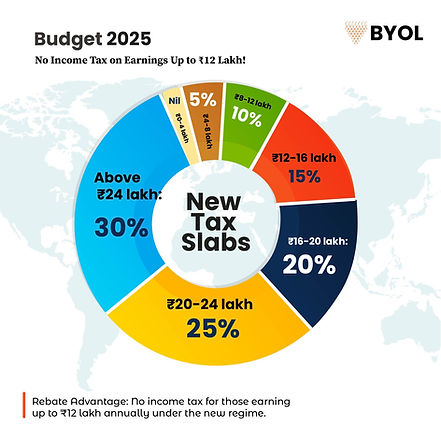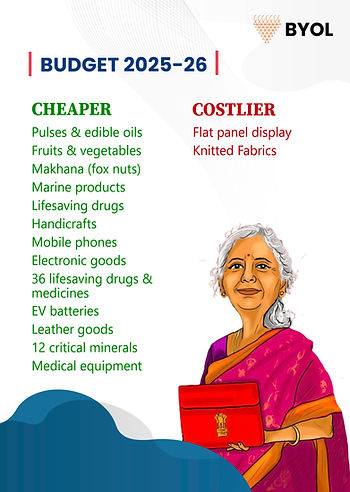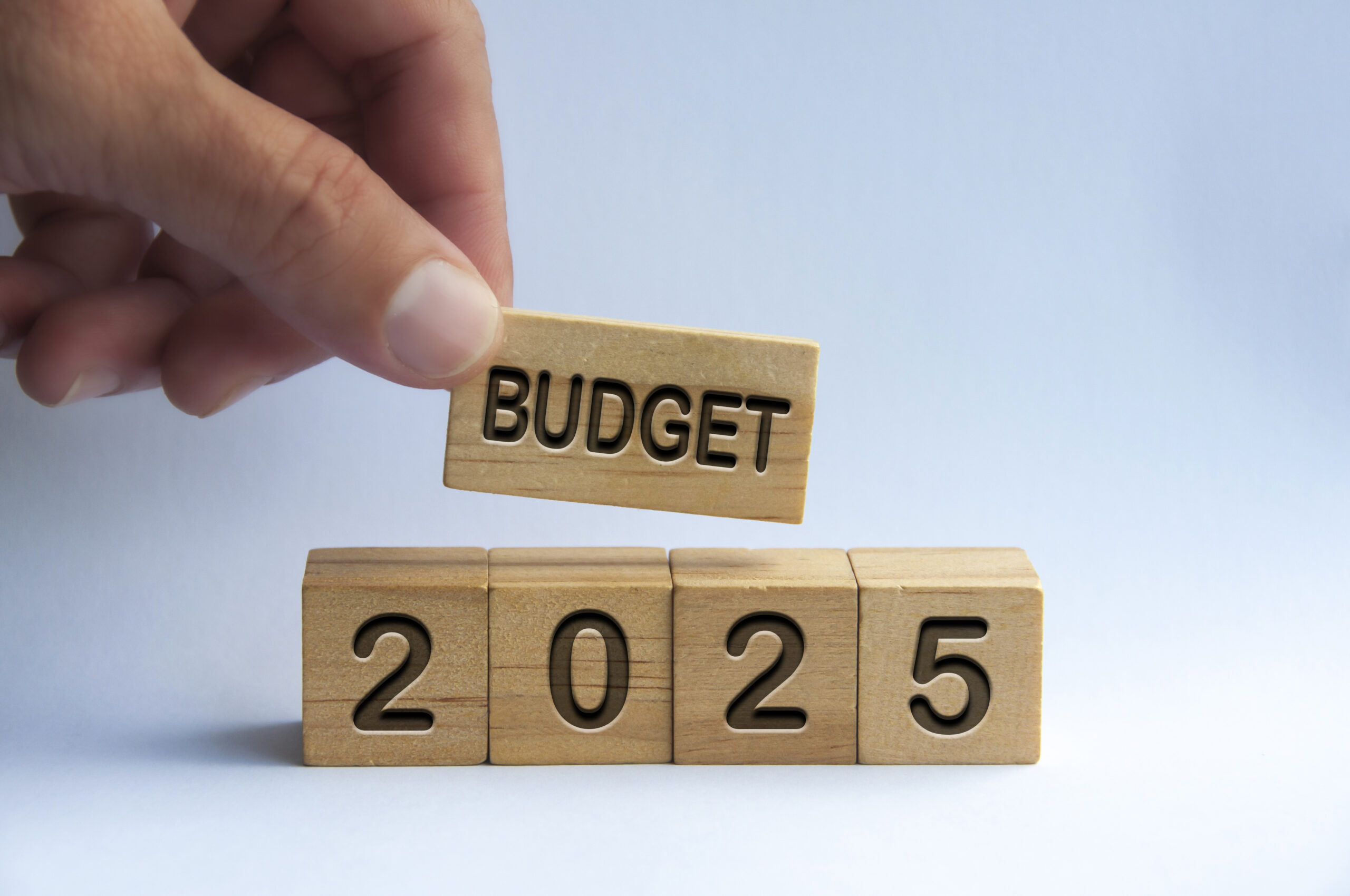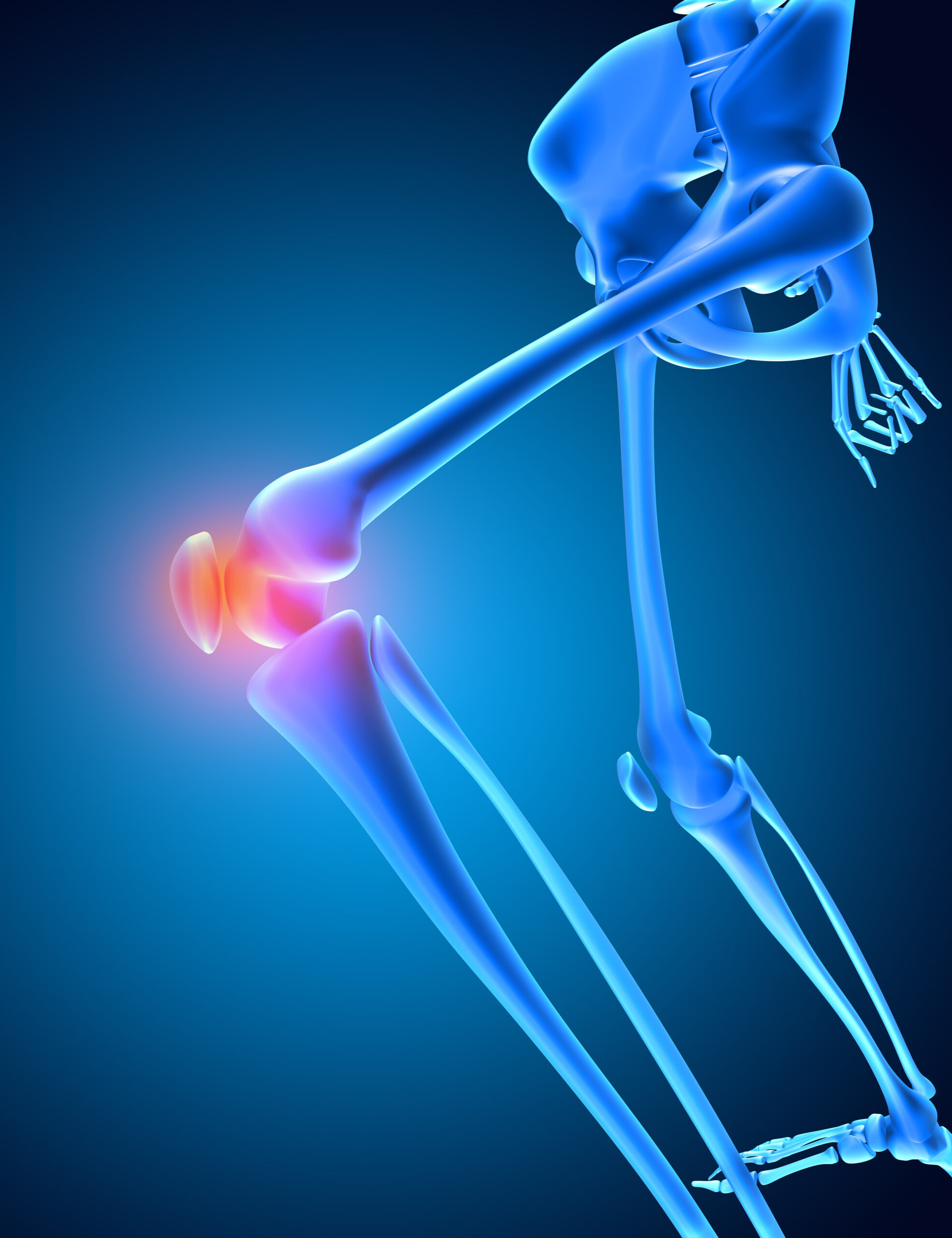The Union Budget 2025-26, presented by Finance Minister Nirmala Sitharaman, is centered around the theme of “Sabka Vikas” (Inclusive Growth) and the long-term vision of Viksit Bharat (Developed India) by 2047. With a focus on economic expansion, employment generation, and fiscal consolidation, this budget is being termed a “dream budget” for the middle class.

Key Themes & Objectives
- Sabka Vikas—Balanced growth across all regions.
- Viksit Bharat Goals – Zero poverty, quality education, affordable healthcare, skilled workforce, and women’s economic participation.
- Key Focus Areas—Poor (Garib), Youth, Farmers (Annadata), and Women (Nari).
- Four Growth Engines—Agriculture, MSMEs, Investment, and Exports.
Key Focus Areas & Growth Engines
The Budget revolves around four major economic engines:
- Agriculture
- MSMEs
- Investment
- Exports
Additionally, Reforms act as the fuel to drive these engines forward.
1st Engine: Agriculture
- Launch of ‘Prime Minister Dhan-Dhaanya Krishi Yojana’ covering 100 districts.
- ‘Mission for Aatmanirbharta in Pulses’ (6 years) with procurement of Tur, Urad, and Masoor.
- Kisan Credit Card (KCC) Loan Limit Increased from ₹3 lakh to ₹5 lakh.
- Cotton Productivity Mission (5 years) and Comprehensive Programme for Fruits & Vegetables.
Impact on Agriculture Sector
- Improved farm productivity and income.
- Better storage, irrigation, and crop diversification.
- Encouragement for small and marginal farmers.
2nd Engine: MSMEs
- Investment & Turnover Limits for MSMEs Increased by 2.5 times & 2 times respectively.
- Credit Enhancement: Increased guarantee cover for MSMEs.
- New Scheme for 5 lakh Women, SC/ST Entrepreneurs (₹2 crore term loans in 5 years).
- National Manufacturing Mission for “Make in India”.
- Toy Industry Boost: Government to develop India as a global hub for toys.
Impact on MSMEs
- Enhanced credit access and ease of doing business.
- More women and marginalized communities in entrepreneurship.
- Strengthened domestic manufacturing & exports.
3rd Engine: Investment
Investment in People
- 50,000 Atal Tinkering Labs in Government Schools.
- Broadband in All Govt. Schools & Primary Health Centres (BharatNet).
- National AI Centre of Excellence for Education (₹500 Cr).
Investment in Economy
- ₹1.5 Lakh Cr Interest-Free Loan to states for capital expenditure.
- Asset Monetization Plan 2025-30 (₹10 Lakh Cr).
- Jal Jeevan Mission Extended Till 2028.
- ₹1 Lakh Cr Urban Challenge Fund for “Cities as Growth Hubs”.
Investment in Innovation
- ₹20,000 Cr Fund for Private Sector R&D & Innovation.
- Gyan Bharatam Mission: Survey & Digital Repository of 1 Crore Manuscripts.
- National Geospatial Mission to improve urban planning.
Impact on Investment & Infrastructure
- Boost to Digital & AI Education.
- Higher capital investment for urban & rural infrastructure.
- Strengthened research & innovation ecosystem.
4th Engine: Exports
- Export Promotion Mission (focus on MSMEs & Global Supply Chains).
- ‘BharatTradeNet’ (BTN): Unified Digital Trade Documentation & Finance Platform.
- Support for Domestic Manufacturing (Industry 4.0, Electronics, Warehousing).
- Air Cargo & Horticulture Infrastructure Upgrades.
Impact on Exports
- Strengthened India’s role in global trade & supply chains.
- Easier export financing & digital trade solutions.
- Growth in manufacturing, logistics & agri-exports.
Taxation & Financial Reforms
- Zero Income Tax for Individuals Earning up to ₹12 Lakh under the new tax regime.
- Section 87A rebate limit increased from ₹7 lakh to ₹12 lakh (Maximum rebate: ₹60,000).
- Revenue Loss: ₹1 Lakh Crore due to tax reductions.
- 100% FDI Limit for Insurance (from 74%) (Only if entire premium is invested in India).
- Investment Friendliness Index for States (2025).
- Jan Vishwas Bill 2.0 (Decriminalization of 100+ Laws).
New Income Tax Slabs:

Other Tax Reforms
- Senior Citizen TDS Limit on Interest Doubled (₹50,000 → ₹1 Lakh).
- TDS on Rent Increased to ₹6 Lakh (from ₹2.4 Lakh).
- 4-Year Time Limit for Filing Updated Returns (Earlier: 2 Years).
Impact on Economy & Business
- Easier business regulations & FDI growth.
- Greater state competition for investments.
- More efficient financial regulation for sustained economic growth.
Impact on Middle Class & Business
- More disposable income → Increased Consumption & Savings.
- Lower compliance burden for businesses & individuals.
- Boost to real estate & investment in financial products.
Capital Expenditure & Fiscal Deficit
- Capital Expenditure (Capex) increased to ₹11.21 lakh crore (up from ₹11.11 lakh crore in FY2024-25).
- Fiscal deficit pegged at 4.4% of GDP, down from 4.8% last year.
- Market Borrowings estimated at ₹11.53 lakh crore, reduced from ₹14.01 lakh crore in FY2024-25.
Infrastructure & Economic Growth
- Modified UDAN scheme to connect 120 new destinations, targeting 4 crore passengers in 10 years.
- Real Estate Boost—Swamih Fund 2 launched with ₹15,000 crore for housing sector revival.
- Manufacturing Push—Incentives for clean tech industries, EV batteries, solar PV cells, and wind turbines.
- Tourism Promotion—Development of 50 top tourist sites, MUDRA loans for homestays, and e-visa expansion.
Import Duty Exemptions & Reductions
- 36 Life-Saving Cancer & Rare Disease Drugs → No Basic Customs Duty (BCD).
- Critical Minerals (Cobalt, Lithium, Zinc) for Battery Manufacturing → BCD Exempted.
- Textile Machinery & Shuttle-less Looms → BCD Exempted.
Incentives for “Make in India”
- EV & Mobile Phone Battery Manufacturing: 35 Capital Goods Exempted.
- Shipbuilding Components → BCD Exemption Extended for 10 Years.
- Knitted Fabrics Tariff Increased (10% to 20% or ₹115/kg, whichever is higher).
Impact on Industry
Boost to healthcare affordability & pharma industry.
Strengthened EV & electronics manufacturing
Increased domestic textile & handicraft production.

Bihar-Focused Development
- The Makhana Board announced it would improve production & marketing.
- Greenfield airports are planned in Bihar to boost connectivity.
Employment & Industry Initiatives
- 22 lakh new jobs are to be generated, with a focus on the footwear & leather sector.
- MSMEs, Startups, and Gig workers get special policy support.
- The FDI limit in insurance increased from 74% to 100%.
Nuclear & Energy Investments
- ₹20,000 crore allocated for the Nuclear Energy Mission to develop 5 Small Modular Reactors (SMRs) by 2033.
- Energy sector allocation increased by 18% YoY to ₹81,174 crore.
Defence & IT Sector Allocations
- Defence Budget set at ₹4.91 lakh crore (up from ₹4.56 lakh crore).
- IT & Telecom Allocation reduced to ₹95,298 crore from ₹1.16 lakh crore.
Relief for Consumers – Cheaper Goods

- Reduced prices on:
- Cancer & lifesaving drugs.
- Solar PV cells & lithium-ion batteries.
- Telecom & semiconductor equipment.
MSMEs & Startup Support
- Credit Guarantee Cover increased from ₹5 crore to ₹10 crore.
- New Entrepreneurs’ Scheme – ₹2 crore term loans for 5 lakh women and SC, ST entrepreneurs.
- BharatTradeNet (BTN) – Digital trade documentation & financing for exporters.
Social Welfare & Policy Reforms
- Tax Exemptions on 36 lifesaving drugs.
- New Urea Plant in Assam—12.7 lakh metric tonne capacity.
- 22 Lakh Jobs Creation – Focus on the footwear & leather industry.
- ‘Mission for Aatmanirbharta in Pulses’ – Six-year plan for domestic production.
Additional Reforms & Governance
- Self-Occupied Property Rule Removed—Taxpayers can claim two properties as self-occupied.
- New Income Tax Bill to simplify tax laws by reducing tax by 50%.
A budget that supports middle-class savings, employment, and economic growth.

Overall Impact of Budget 2025-26
- Middle Class: Higher savings, consumption boost.
- Farmers: Higher credit, better procurement, rural employment.
- MSMEs: Enhanced credit access, better global trade opportunities.
- Startups & Entrepreneurs: Investment-friendly reforms, regulatory ease.
- Investors & Businesses: Lower taxation, infrastructure push.
- Infrastructure and Exports: Increased manufacturing & global trade integration.
A Transformative Budget for Growth & Stability
The Union Budget 2025-26 lays the foundation for a self-reliant and developed India by:
- Providing tax relief to the middle class.
- Boosting infrastructure & manufacturing.
- Encouraging entrepreneurship & employment.
- Strengthening agriculture & rural economies.
- Maintaining fiscal discipline.
With a balanced approach of tax relief, economic expansion, and social welfare, this budget reflects the government’s vision for a prosperous, self-reliant India while ensuring sustainable growth and fiscal responsibility.








